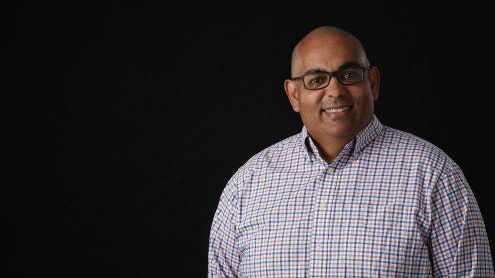Homepage
•
Learning Library
•
Blog
•
Leaders must be the change they want to see
Expand breadcrumbs
Expand breadcrumbs
- Learning Library
- Blog
- Leaders must be the change they want to see
- Homepage
- •
- Learning Library
- •
- Blog
- •
- Leaders must be the change they want to see
Leaders must be the change they want to see
By Darryl Joyner
September 25, 2019








